In the thick forests and rolling hills of Assam’s tribal districts, the terrain is as challenging as the lives it shelters. Here, for many expectant mothers, the nearest health facility is a distant reality—both physically and socially. Village Health Sanitation and Nutrition Days (VHSNDs), under the National Rural Health Mission, were meant to bridge this gap—offering a vital touchpoint for maternal and child health. But in practice, these sessions were often reduced to transactional service delivery, struggling to reach beyond the few who were already engaged.

Project Sankalp was born in this context—with a commitment to strengthen the potential of VHSNDs and Village Health Sanitation and Nutrition Committees (VHSNCs) as true agents of change. It recognized a crucial truth: health outcomes don't shift with medicine alone; they shift when people shift—when behaviour, beliefs, and choices change. And so, Social and Behaviour Change Communication (SBCC) became the heart of the intervention.
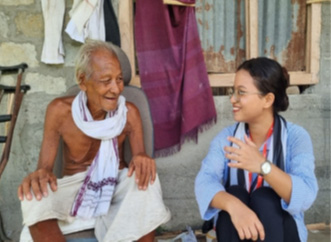
But the team faced an immediate challenge: how do you gather attention in communities scattered across remote terrain—where Jhum cultivation begins before dawn, where rains don’t wait, and roads are optional? How do you reach not only the pregnant woman who shows up at a VHSND, but her mother-in-law, her husband, her community?
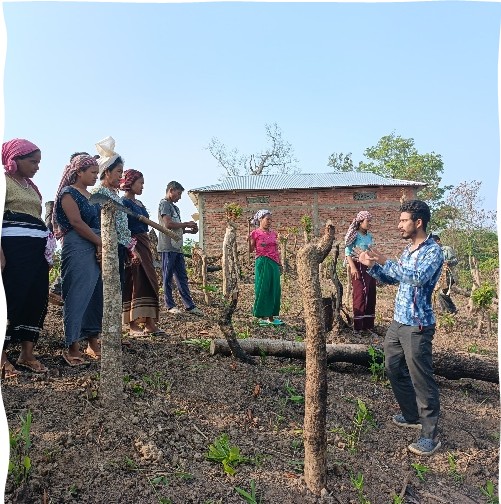
The Inclusive Bharat Collaborative team, supported by Gandhi Fellows, decided to meet the community where they were—literally. They walked into Jhum fields before sunrise, holding puppet kits instead of clipboards. They stood in the sun and slush, not with lectures but with songs, stories, and street plays. Puppetry unfolded the risks of anaemia, storytelling brought alive the dangers of delayed care during pregnancy, and colourful exhibitions made nutrition understandable, even to those who couldn’t read. Posters and pamphlets were crafted in local languages, ensuring that the message felt like it belonged.
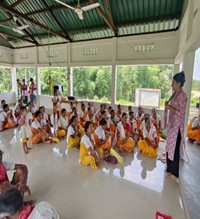
Over time, the initiative began to expand its footprint. Community platforms became vehicles for transformation. Mothers' groups, adolescent clubs, and SHGs (Self Help Groups) were activated. The team reached out through mosques, churches, and Bathou puja gatherings—recognizing that real behaviour change comes when you speak through the spaces people already trust.
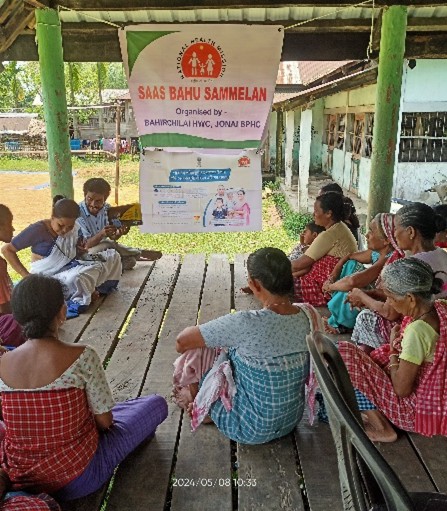
Even broader government campaigns like National Deworming Day and the Stop Diarrhoea Campaign were reimagined through creative, culturally resonant methods. The effort was not just to deliver services—but to stir a shift in perception, ownership, and confidence.
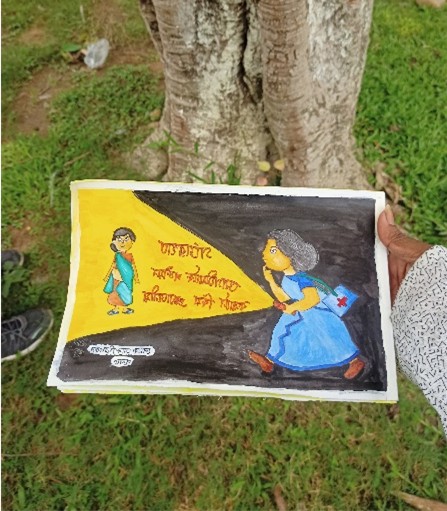
A parallel focus was on reviving VHSNCs, the very grassroots committees meant to represent the health needs of their villages. In many places, they had gone dormant—reduced to names on paper. With support from Accredited Social Health Activists (ASHAs), Anganwadi Workers, and ANMs—collectively known as AAA—these committees were revitalized. Meetings were held with purpose. Members began understanding their roles, voicing their needs, and holding VHSNDs to account.
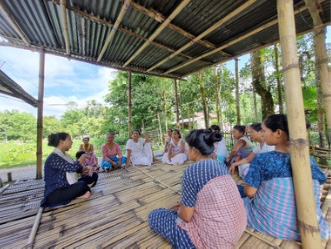
The results speak volumes. Of the 1,572 VHSNCs across the five districts, Project Sankalp focused on 68. Of these, 44 are now fully functional, with two previously defunct VHSNCs reactivated. More importantly, over 12,800 people were directly reached through SBCC activities, many of whom had never engaged with the health system before. The shift has been not just in participation, but in ownership. Today, SHG women are not only absorbing messages—they’re leading awareness sessions in their own communities, becoming health champions in their own right.
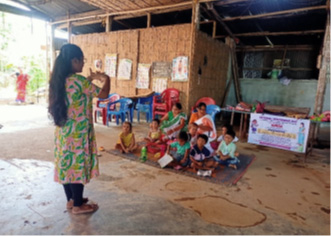
Perhaps the most meaningful change is in the way communities now view maternal and child health—not as a private concern, but a shared responsibility. There is greater confidence in seeking hospital care, improved knowledge on nutrition and immunization, and a growing sense of accountability among community leaders.
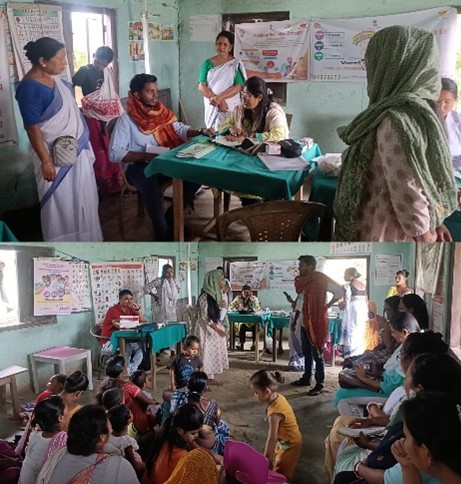
Project Sankalp, through its grounded SBCC approach, didn’t just improve service uptake—it reignited community health systems from within. In a setting where the last mile often feels like the last priority, it reminded everyone—women, youth, elders—that change is possible, and it starts with a conversation.
TAGS
SHARE





